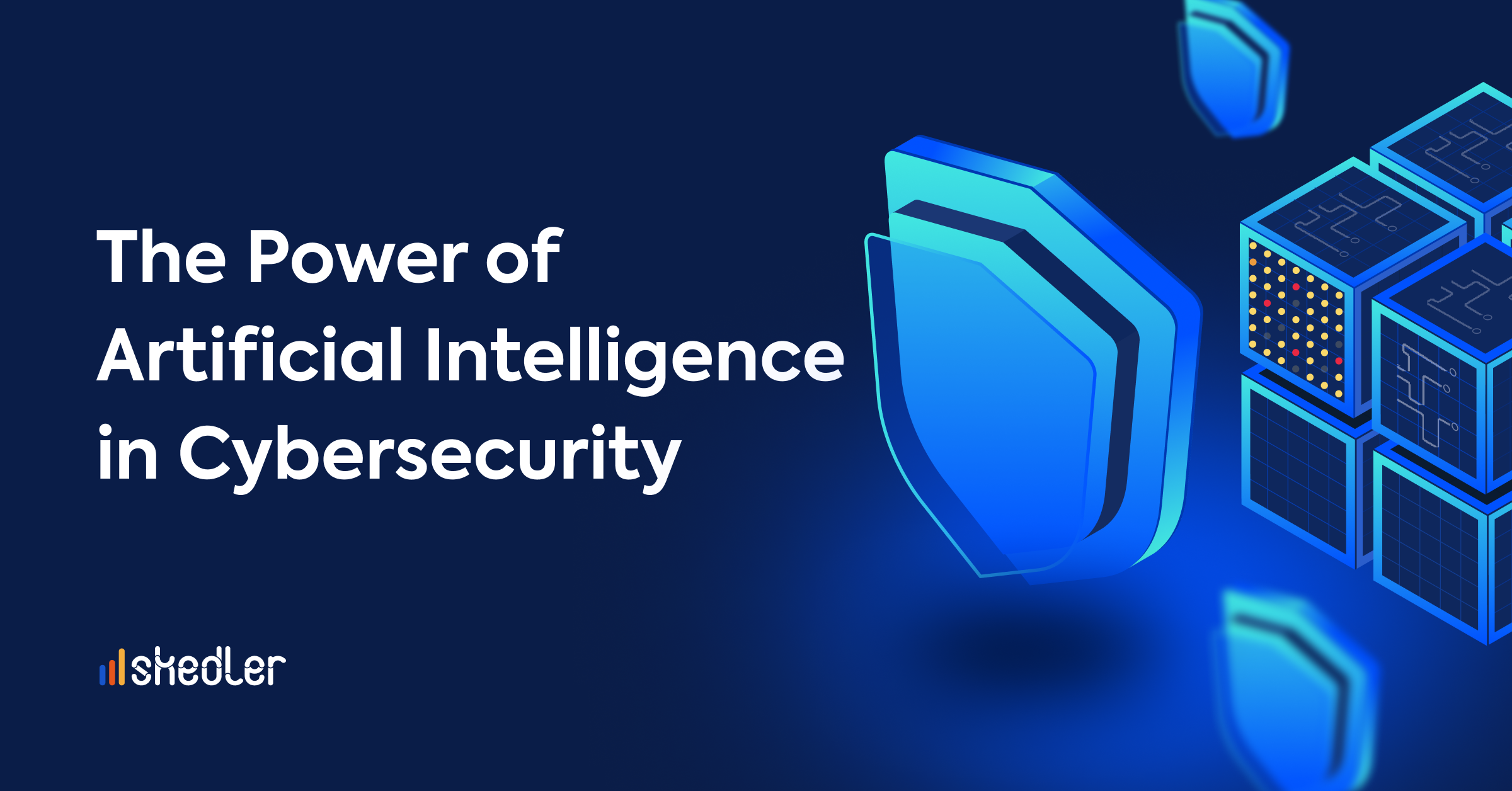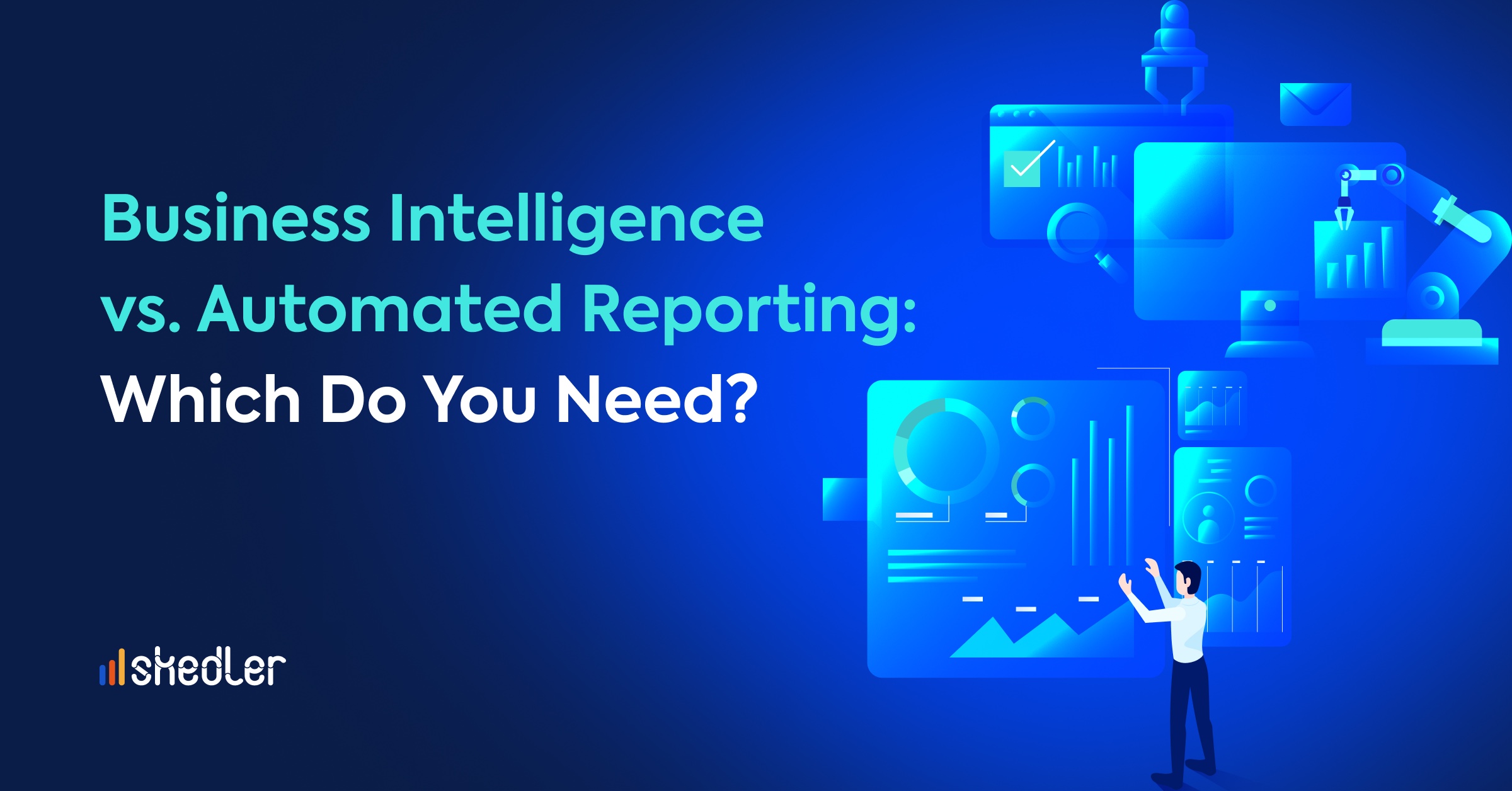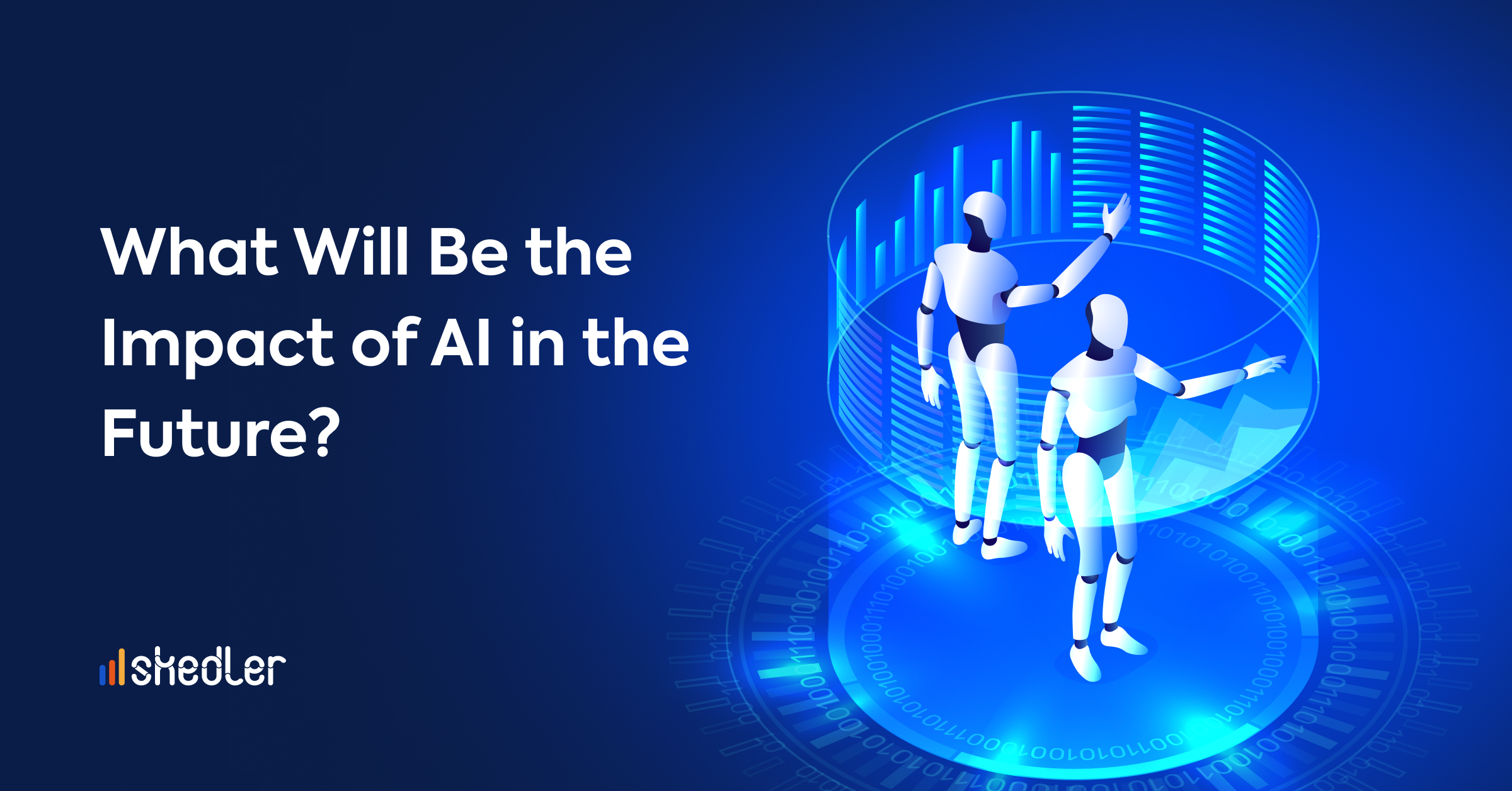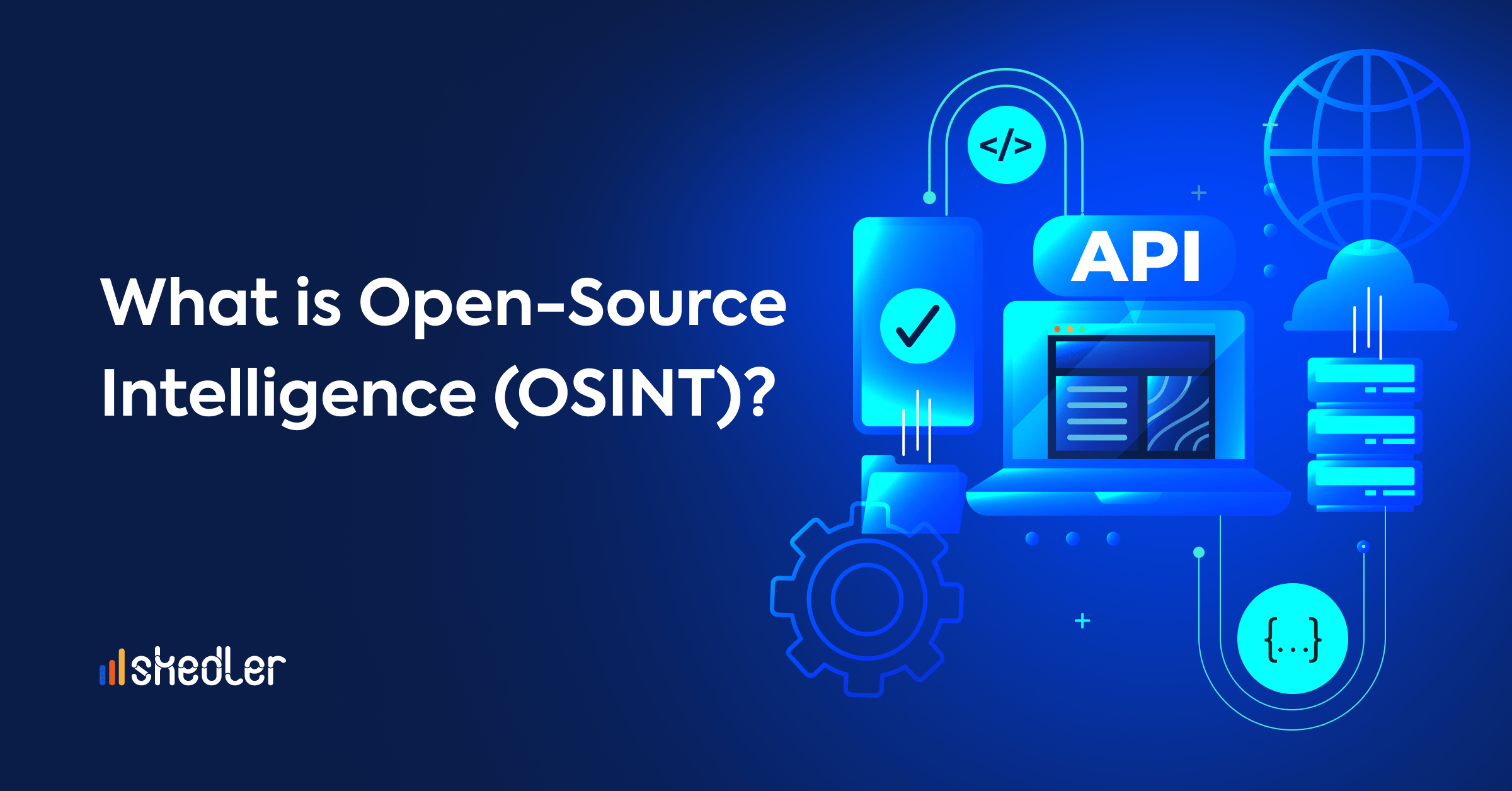The Power of Artificial Intelligence In Cybersecurity
How is artificial intelligence empowering cybersecurity? Hackers are constantly looking for new ideas to sneak into companies with phishing attacks, identity theft, network raiding, and password cracking, among many other attacks. According to a Check Point report, global cyberattacks increased by 38% in 2022 compared to 2021. As a result, the security protocols and practices that were normally used are proving insufficient to deal with the new attacks. AI can process large amounts of data much faster than humans to identify patterns and anomalies that indicate a potential threat quickly.
More and more organizations are investing in AI to strengthen their security systems. Half of Asia-Pacific, Europe, and United States executives think that artificial intelligence and machine learning are the best tools to counter nation-state cyber attacks targeting private organizations. AI offers a world of possibilities; by its nature, it is designed to learn and evolve. Thus, it can adapt to the constantly changing and evolving cybersecurity threats.
Now, let’s look at some of the most important applications of artificial intelligence in cybersecurity.
Top 3 Use Cases for Artificial Intelligence in Cybersecurity
Threat Detection and Response
Artificial intelligence uses analysis of data sets to look for patterns and anomalies, helping to identify and prioritize new and previously unknown cyber threats. Traditional security analysis methods often involve security specialists manually sifting through large data sets, which can be time-consuming and open to error. However, AI can correlate different data sets to provide a complete picture of an attack. That way, security teams can understand its scope and nature and better mitigate it in the future more efficiently.
AI detects malicious activity faster than humans themselves and traditional software, thus enabling organizations to respond quickly and efficiently to new threats. Identifying problems early is critical to avoiding further damage, and here AI is proving to be a great help.
Identity and Access Management
Identity and Access Management (IAM) is a critical aspect of cybersecurity, as it ensures that only authorized individuals can access sensitive data and resources within an organization. AI plays a vital role in developing an effective identity and access management (IAM) strategy and can help avoid many problematic situations.
As an example of its application in IAM, AI can augment traditional authentication methods with advanced biometric techniques, such as facial recognition or behavioral biometrics. By analyzing each user’s unique data and characteristics, AI can help strengthen authentication and prevent access to intruders.
In addition, it also provides a more accurate authentication mechanism for organizations. AI analyzes user behavior patterns, allowing unauthorized users or anomalous access to be identified quickly. Thus, security incidents are prevented even before they occur.
Implementing AI in cybersecurity generally enables more granular and sensitive access control.
Task Automation
In a recent article we published, we mentioned how GPT4 helped DevOps teams by automating tasks. Artificial intelligence and machine learning can also automate repetitive tasks for cybersecurity, such as responding to large volumes of low-risk alerts. These are alerts where the response must be quick, but the risk of error is low, so the system has a high degree of certainty about the threat.
Regarding responding to a cyber attack, response time is crucial in determining the damage caused. The longer it takes to react, the greater the damage will be. Manual threat detection and mitigation processes give the attacker sufficient time to perform their action.
Here, AI is proving to be very useful, as it automates threat detection and immediately takes necessary action. Compared to non-AI users, AI users can save more than 14 weeks in threat detection and response, according to IBM. Intelligent automation can quickly and efficiently respond to threats and resolve them.
Other applications of AI in cybersecurity include transaction fraud detection, text-based malicious intent detection, identification of the same person on different platforms, visual analysis of web content, event correlation, and many more.
Enhancing Cybersecurity with AI: Benefits of Implementing AI in Your Security Strategy
As we have already mentioned, introducing AI into a cybersecurity solution can be very useful for threat detection and incident response and provide better access control and task automation.
These are other advantages of having AI within a company’s cybersecurity strategy:
- It is an excellent support for employees: one of the big problems in the industry is the lack of trained cybersecurity professionals, so AI can complement that gap. In addition, AI helps reduce the workload of security teams and allows them to focus on other, more critical tasks.
- Minimizes the possibility of error: although AI/ML systems are not 100% perfect and can make mistakes, their margin of error is minimal compared to humans.
- Protection against new attacks: security threats and malware are continuously evolving. AI is a valuable tool here, as it enables superior predictive intelligence through natural language processing. It can obtain information about new anomalies, attacks, and strategies.
- Better endpoint protection: with the rise of remote working, the number of devices to work remotely has increased significantly. AI can be vital to protecting these systems. AI-based endpoint protection takes a different approach by establishing a baseline of behavior for the endpoint through a repeated training process. It detects and takes action if something unexpected occurs, providing proactive protection.
AI-Driven Cybersecurity Threats; The Future of Cyberattacks.
Artificial intelligence is a massive development in the technology world, including cybersecurity. However, just as AI is a great assistant to cybersecurity teams, it is also being used to launch more sophisticated and effective attacks. These AI-driven cybersecurity threats are a growing concern for organizations as they successfully evade traditional security measures and can cause significant damage.
AI is being used to power advanced persistent threats (APTs), deepfake attacks, malware, DDoS attacks, and even phishing, to name just a few. The result is highly adaptive attacks that are able to evade detection and are more convincing and resilient than in the past.
How can enterprises protect themselves against these AI-powered attacks? Traditional security methods are no longer sufficient. For many teams, the best way to combat cyber attacks powered by AI is to integrate AI into their security systems. Certainly, given this situation, implementing AI within the cybersecurity strategy of organizations will be crucial to stand up to the new strategies and attacks that are emerging every day.
Conclusion
As conventional responses to cyber attacks are becoming less and less sufficient, integrating AI into security solutions seems the best option to protect against these threats. AI will play a vital role in the cybersecurity teams of the future, as it enables the creation of robust and resilient systems that adapt to different cyberattacks and automate responses to them.
A hybrid model that has the power of AI coupled with necessary human support is key to enjoying the best of both worlds.



